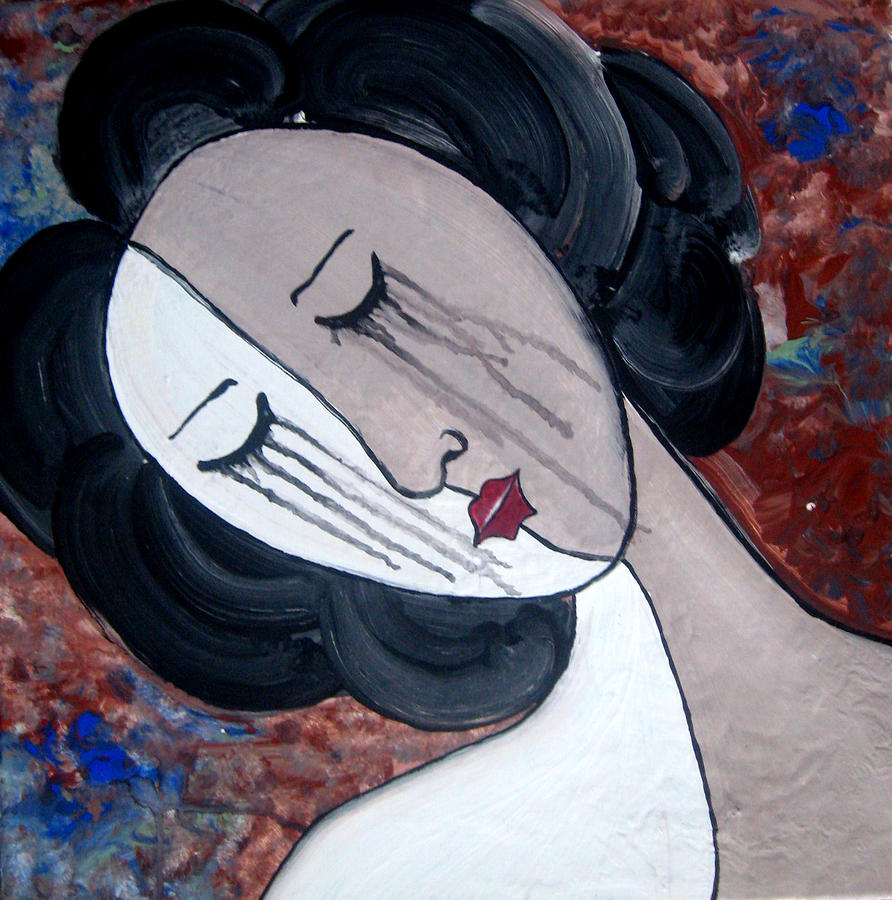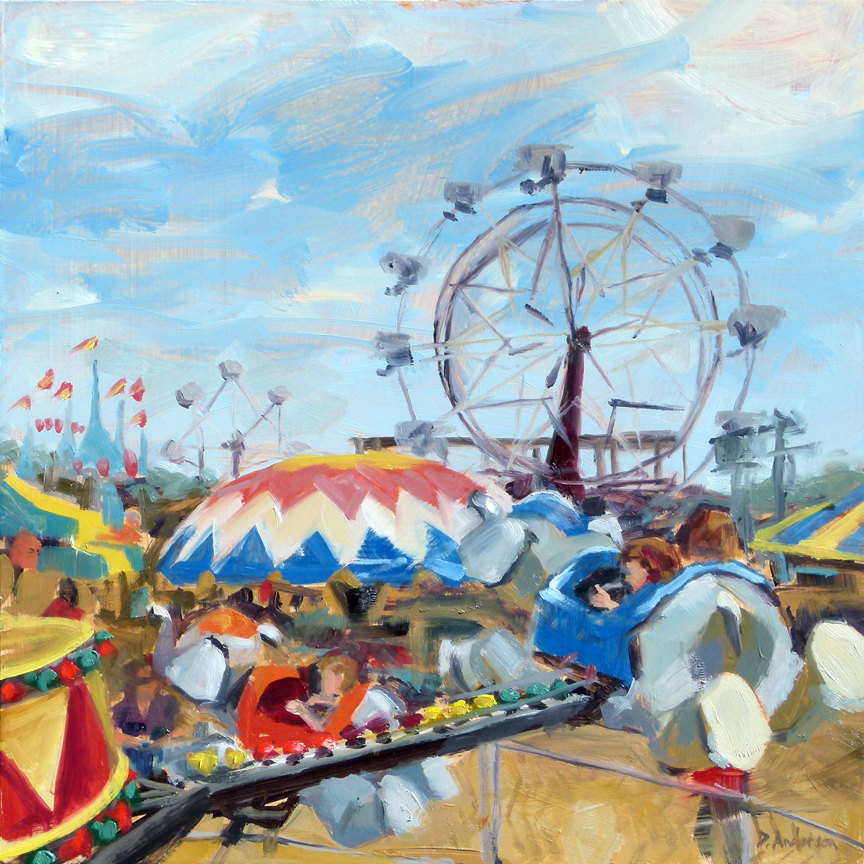| Performance Indicators
P.S. ELA-1 Language: Demonstrate command of the conventions of Standard English grammar and usage when writing or speaking. A. Notice and correct grammatical and mechanical errors in writing. P.S ELA-5 Writing Craft: Produce clear and coherent writing in which the development, organization, and style are appropriate to task, purpose, and audience.
|
Telling someone to write a poem is akin to telling that individual to sing a song. What if the appointed soul is tone deaf or impassioned about singing? When writing poetry certain standards have to exist. You must want to write, therefore you need to feel and you need to recognize that emotion that you choose to express. Remember when telling someone a story your relationship with your audience hinges on your ability to articulate your tale of suspense in a manner that the listener, not necessarily you, will appreciate. These first steps of creative composition inherent to some are imposing for others.
Where to begin? Start by identifying a relevant emotion: fear, satisfaction, insecurity, love, disappointment…Do not attempt to stall the exercise by complaining that you do not feel anything; a teenager is a Ferris wheel of feelings, you just need to settle down and focus on a significant feeling while your thoughts revolve around and around. Too often a novice poet attempts to express her feelings about an event that was significant to the writer. The end result can be frightening as the would-be poet has little sense of her audience. Consider your feelings metaphorically, a wandering butterfly can captivate your reader’s imagination more effectively than attempting to find a rhyme about how you aimlessly moved anxiously throughout a mall. Recall Virgina Woolf’s essay Death of a Moth assigned early in the school year. Now, remember how that moth, helpless against the window pane conveyed a profound insight to Woolf’s personal demise. So there, you have my shove, now you must navigate down that snow-covered hillside, but please, open your eyes and enjoy the experience rather than howl and complain until you reach the bottom.
Every poem of merit ever written incorporates three devices that the writer is conscious of. Review those devices before you begin composing. As an emerging plant requires sunlight, water and fertile soil work to provide the seedling with the opportunity for growth. Poetry is expressed in a similar manner. These devices rarely succeed in isolation, but in unison, they work to help the poet find a path of expression.
SOUND DEVICE– the manner in which a poem is composed to sound musical in quality. Sound device relies upon rhythm, rhyming, meter, foot, alliteration, assonance, syllabic arrangement and other rhythmical tools in order to achieve the musical quality of a poem.
As the sun, water and soil each are necessary for a plant’s survival they collectively are integral devices which determine the plant’s existence. Sound, form and figurative devices work likewise in the poet’s mind as she creates verse. As you consider which forms that you prefer to write be aware of the influence of the other two devices in your composing.
FORM DEVICE– the structure and style of a poem determines its form. The number of lines a poem has, the arrangement of those lines, the use of refrains, and other literary manipulation of the poem’s structure each influences the poem’s form.
FIGURATIVE DEVICE-Figurative language uses “figures of speech” – a way of saying something other than the literal meaning of the words. For example, “All the world’s a stage” Frost often referred to them simply as “figures.” Frost said, “Every poem I write is figurative in two senses. It will have figures in it, of course; but it’s also a figure in itself – a figure for something, and it’s made so that you can get more than one figure out of it.” (Cook Voices p.235) . SIMILE, METAPHOR, PERSONIFICATION, OXYMORON, SYMBOLISM, IMAGERY, MOTIF, as well as other figurative language tools are instruments that will enhance the poet’s ability to understand the figurative device.

FORM POEM ASSIGNMENT:
You are to compose one of the forms of poetry represented here. Along with the poem, you will include a paragraph that explains why you selected the particular form of your choosing, the qualities of the form that appeals to you and how your intended imagery is expressed in the verse.
List of Various Forms:
Rondeau Redouble
Sonnet
Haiku
Triolet
Anaphora
The Bop
1. You are to compose an original poem from the selected form.
2. You are to explain what the appealing features are about the form you selected.
3. Further explain how the selected form helps you to establish the desired imagery expressed in your poem.
4. Include in your poem at least one application of personification, simile or metaphor.

SOUND POEM ASSIGNMENT:
You are to select one of the forms below that appeals to you and compose a poem in that form (two poems if you select a limerick). You are expected to incorporate, in your verse, a combination of the poetic terms included on this page. Along with a poem, compose a paragraph that justifies your selection of the form, as well as, examples of the sound device terms that you have applied. If you have composed one of the forms mentioned for the form device verse, please select another form among the group offered.
The poetry terms that are referred to throughout these lessons will be emphasized on the final exam.
ballade
limerick
villanelle
triolet
rondeau

FIGURATIVE POEM ASSIGNMENT:
In this, your final poetry composition, you will be required to apply figurative language to create a free verse poem of at least eight lines. Study the figurative language terms below and incorporate a combination of these tools in your verse. As with the other two composed poems, write a summary explaining your incorporation of the figurative tools.

